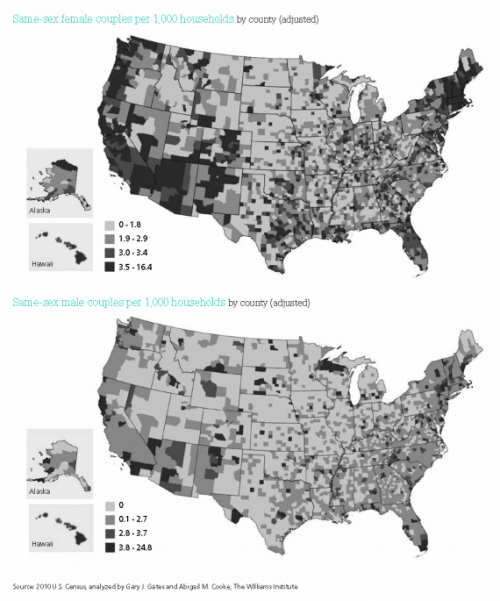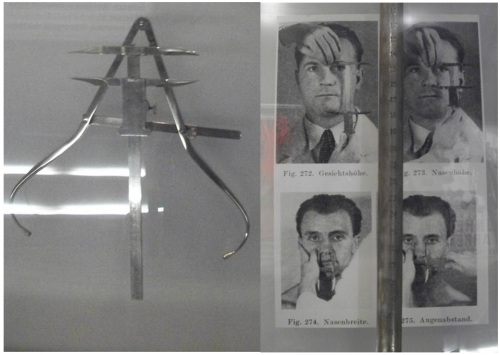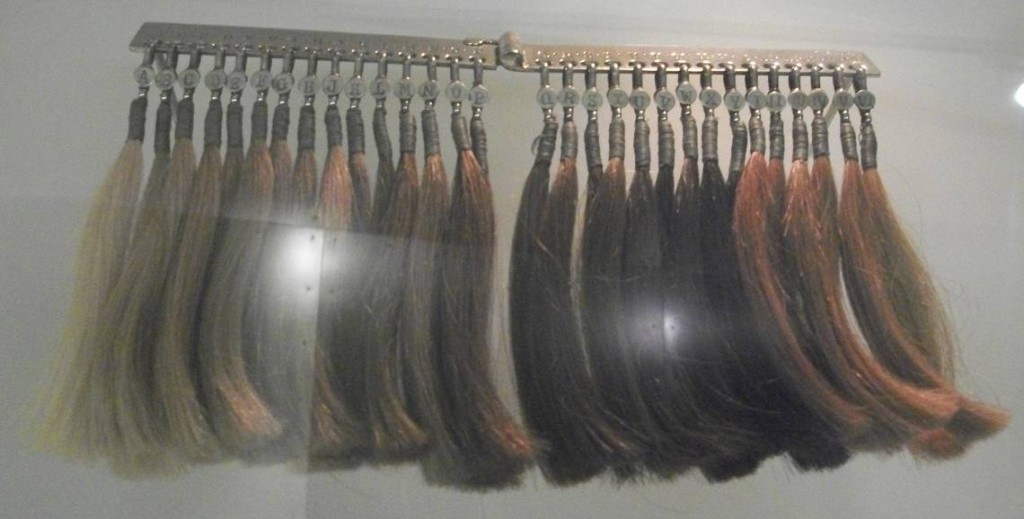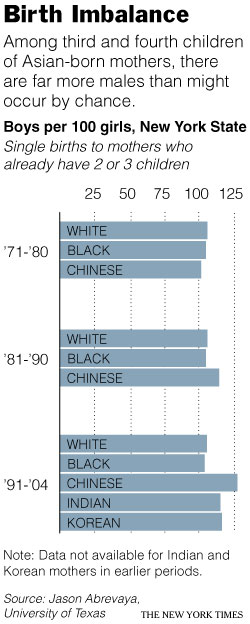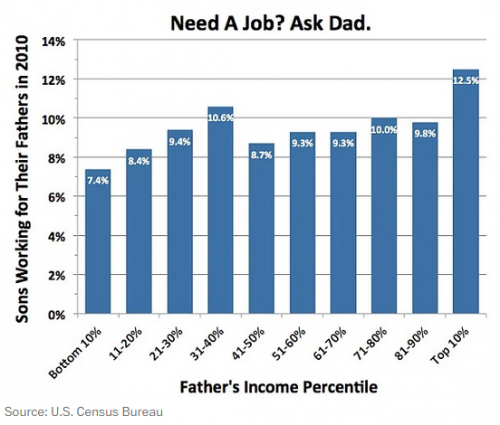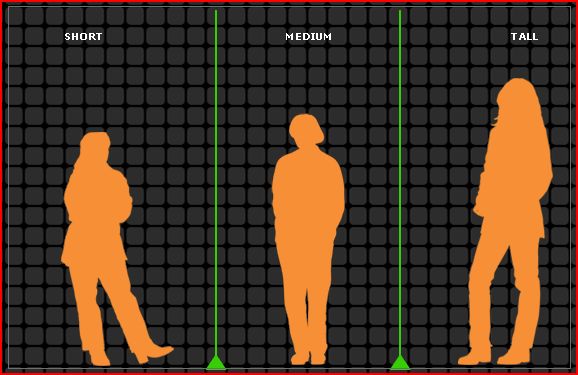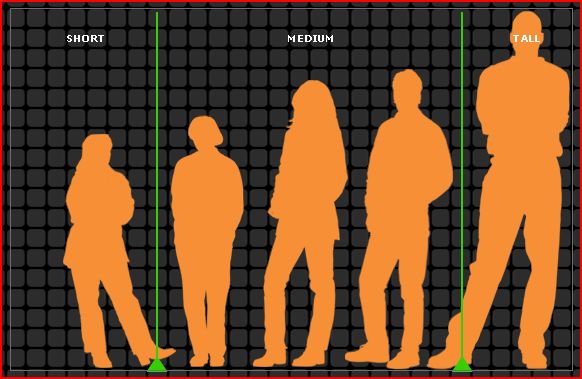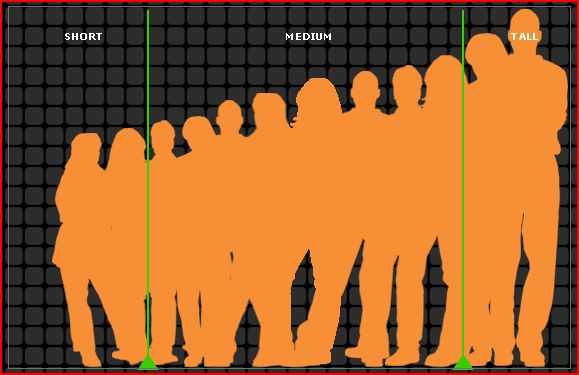Nowadays, women are much more likely to earn more income than their spouse than they used to. But this is a shift, not a revolution, because very very few women are the kind of breadwinner that some men used to be.
Using data on 18-64 year-old married wives and their spouses (95.5% of which were men) from Decennial Censuses and the 2014 American Community Survey, here are some facts from 2014:
- In 2014, 25% of wives earn more than their spouses (up from 15% in 1990 and 7% in 1970).
- The average wife-who-earns-more takes home 68% of the couple’s earnings. The average for higher-earning men is 82%.
- In 40% of the wife-earns-more couples, she earns less than 60% of the total, compared with 18% for higher earning men.
- It is almost 9-times more common for a husband to earn all the money than a wife (19.6% versus 2.3%).
Here is the distribution of income in married couples (wife ages 18-64; the bars add to 100%):

Male and female breadwinners are not equivalent; making $.01 more than your spouse doesn’t make you a 1950s breadwinner, or the “primary earner” of the family.
Philip N. Cohen is a professor of sociology at the University of Maryland, College Park, and writes the blog Family Inequality, where this post originally appeared. You can follow him on Twitter or Facebook.



